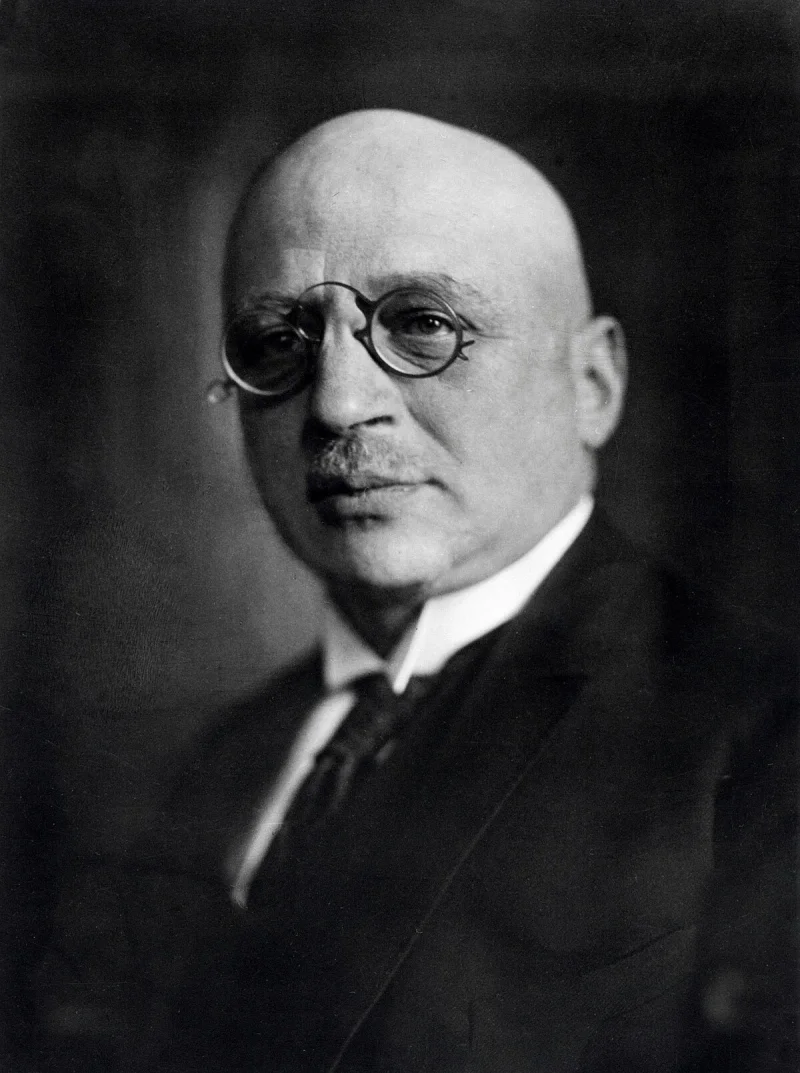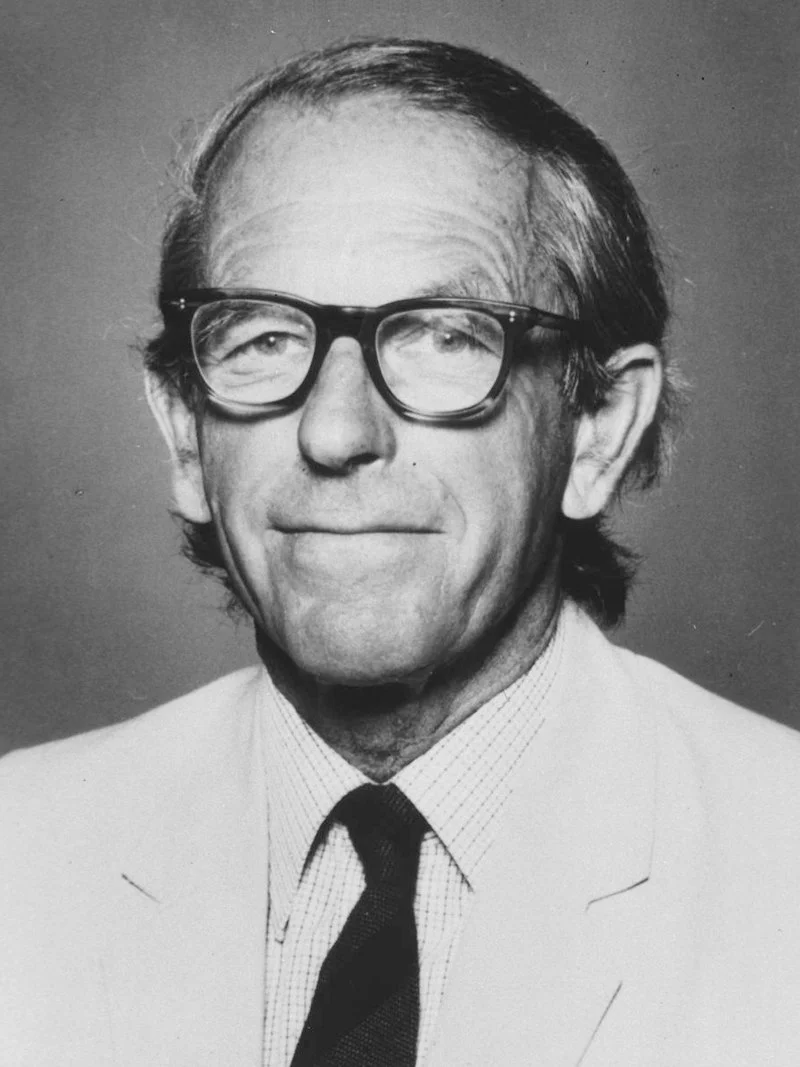Short Summary
Lawrence Bragg was a prominent physicist known for his groundbreaking work in X-ray crystallography. He was awarded the Nobel Prize in Physics in 1915, alongside his father, for their joint work on the analysis of crystal structures using X-ray diffraction. His contributions laid the foundation for modern crystallography and significantly advanced our understanding of atomic and molecular structures. Bragg's work has had a lasting impact on various scientific fields, including chemistry, biology, and materials science.
Early Life & Education
Lawrence Bragg was born on March 31, 1890, in Adelaide, South Australia. He was the son of Sir William Henry Bragg, a distinguished physicist, and Gwendoline Todd. His early exposure to science, fostered by his father's influence and intellectual environment, sparked his interest in the field. Bragg attended St. Peter's College in Adelaide, where he excelled academically, and later pursued studies at the University of Adelaide. In 1909, he moved to England to study at Trinity College, Cambridge, where he earned a degree in mathematics and later a fellowship.
Career Highlights
Bragg's career was marked by significant achievements, particularly in the field of X-ray crystallography. While working alongside his father at the University of Leeds, they developed the Bragg equation, a fundamental discovery that revolutionized the analysis of crystal structures. In 1915, at the age of 25, Lawrence Bragg became the youngest ever Nobel laureate in Physics. He later held academic positions at the University of Manchester and the University of Cambridge, where he continued to contribute to science. During World War II, he directed research for military applications, further showcasing his versatile expertise.
Major Achievements
- Nobel Prize in Physics (1915) - Awarded jointly with his father for their work on X-ray crystallography.
- Discovery of Bragg's Law - A crucial contribution to the understanding of crystal structures using X-ray diffraction.
- Director of Cavendish Laboratory - Led the laboratory to significant advancements in the field of molecular biology.
- Contributions to Military Research - Directed scientific research during World War II, aiding in technological advancements.
Famous Quotes
- "The important thing in science is not so much to obtain new facts as to discover new ways of thinking about them."
- "Science is about using evidence to construct testable explanations and predictions of natural phenomena."
Interesting Facts
- He was the youngest person ever to receive the Nobel Prize in Physics at the age of 25.
- Bragg's Law remains a fundamental principle in the study of crystallography.
- He played a pivotal role in the development of X-ray crystallography techniques that are still in use today.
- His research contributed to the discovery of the DNA double helix structure.
- Bragg was knighted in 1941 for his contributions to science.
Legacy / Influence
Lawrence Bragg's pioneering work in X-ray crystallography has left a lasting legacy in the scientific community. His discoveries provided the tools necessary for the structural analysis of complex molecules, including proteins and DNA, greatly advancing fields such as chemistry, biology, and materials science. His influence is evident in the continued use of Bragg's Law and the techniques he developed, which remain essential in modern scientific research.
FAQ
Q: Why is Lawrence Bragg famous?
A: He is famous for his groundbreaking work in X-ray crystallography, for which he received the Nobel Prize in Physics alongside his father.
Q: What is Bragg's Law?
A: Bragg's Law is a fundamental equation that describes the angles for coherent and incoherent scattering from a crystal lattice.
Q: What was his major contribution to science?
A: His major contribution was the development of X-ray crystallography, which revolutionized the understanding of atomic and molecular structures.
Q: How did his work impact biology?
A: His work laid the groundwork for the discovery of the DNA double helix and the understanding of protein structures.












